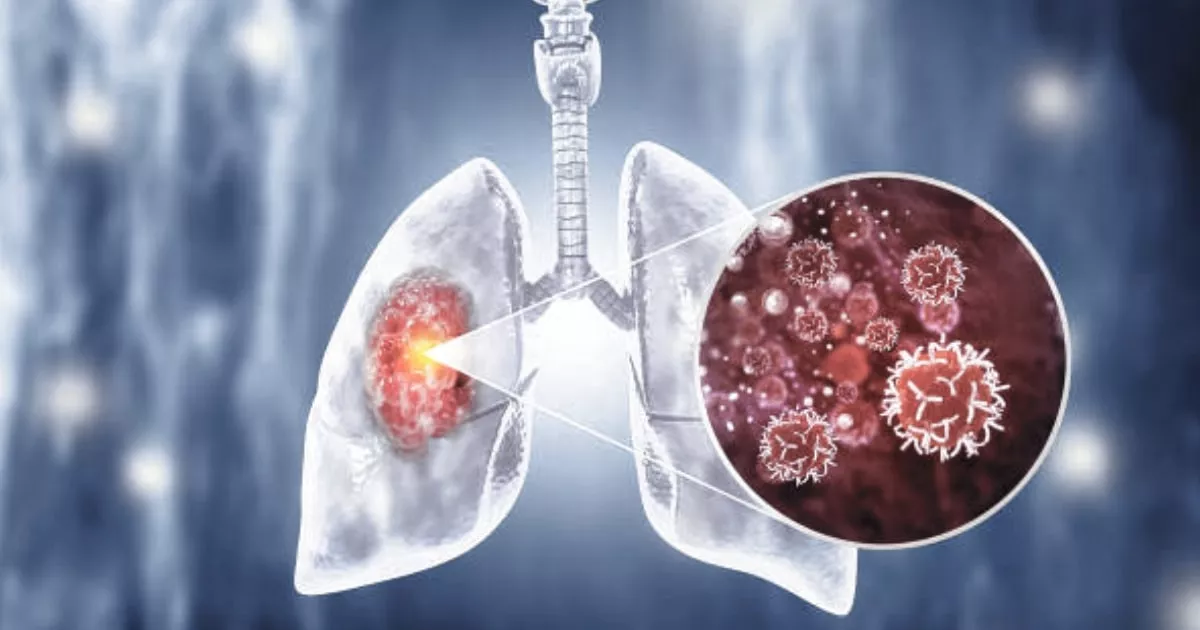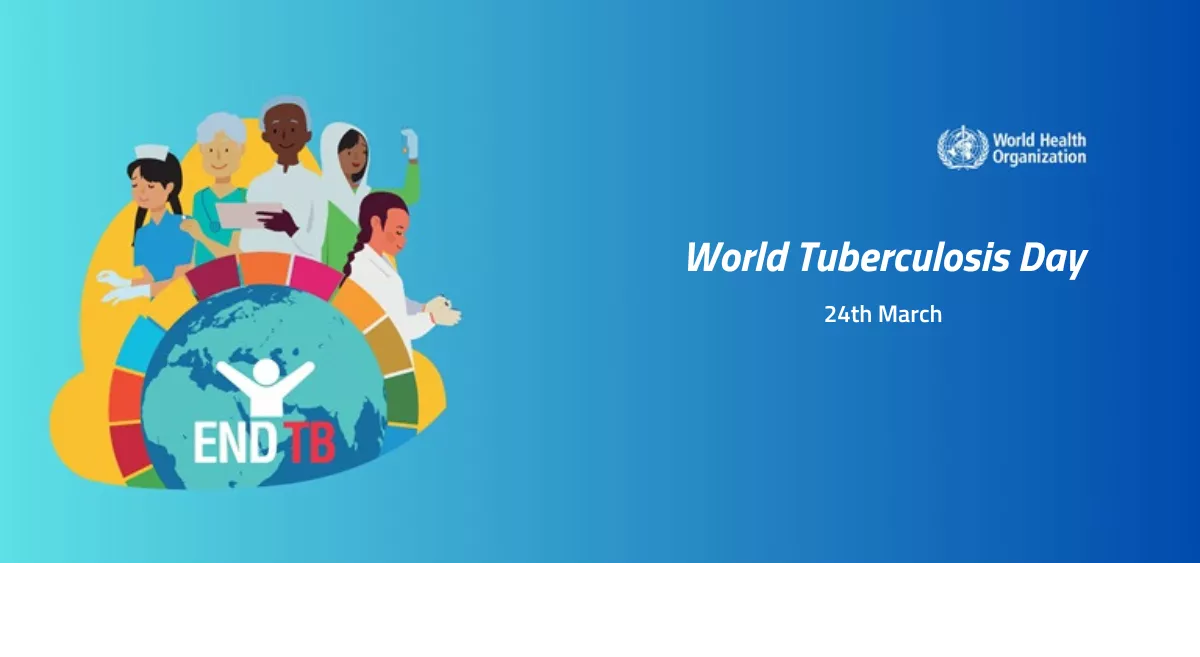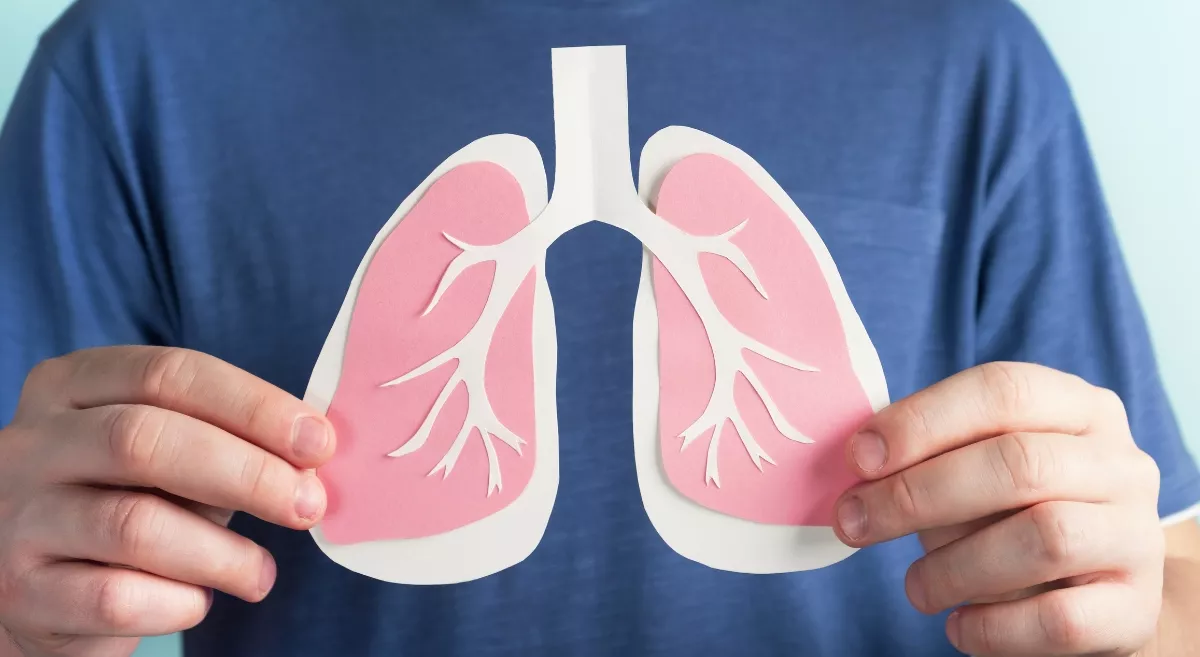Introduction:
Lung cancer has long been associated with smoking, but a concerning trend has emerged in recent years - the rise of lung cancer in non-smokers. This intriguing blog aims to unveil the startling reality of lung cancer among individuals who have never smoked and explore the underlying causes of this growing health concern. By understanding the lesser-known risk factors and mechanisms at play, we can raise awareness and take steps to address this silent threat to lung health.
The Changing Face of Lung Cancer:
Traditionally, smoking has been the primary culprit behind lung cancer cases. However, the landscape is evolving, and an increasing number of non-smokers are being diagnosed with the disease. This shift necessitates a closer look at the various factors contributing to lung cancer in this demographic.
Hidden Risk Factors for Non-Smokers:
While smoking remains the leading risk factor for lung cancer, non-smokers are not immune to the disease. Several hidden risk factors have been identified:
- Secondhand Smoke: Exposure to secondhand smoke, also known as passive smoking, can significantly increase the risk of lung cancer in non-smokers. This occurs when individuals inhale smoke exhaled by smokers or released from burning tobacco products.
- Radon Gas: Radon, a colorless, odorless gas that can seep into homes through cracks in the foundation, is a potent lung carcinogen. Prolonged exposure to radon can elevate the risk of lung cancer, particularly in non-smokers.
- Occupational Hazards: Certain workplaces expose employees to carcinogenic substances like asbestos, arsenic, and diesel exhaust. Prolonged exposure to these occupational hazards can raise the risk of lung cancer in non-smokers.
- Air Pollution: Living in areas with high levels of air pollution has been linked to an increased risk of lung cancer, even among individuals who have never smoked. Pollutants, such as fine particulate matter (PM2.5) and carcinogens, can infiltrate the lungs and lead to cancer development.
- Genetic Factors: Some non-smokers may have genetic predispositions that make them more susceptible to lung cancer. Mutations in certain genes can increase vulnerability to the disease.
- Lung Diseases: Chronic lung diseases, such as chronic obstructive pulmonary disease (COPD) and pulmonary fibrosis, can heighten the risk of lung cancer in non-smokers.
Screening and Early Detection:
Early detection plays a pivotal role in improving lung cancer outcomes. For both smokers and non-smokers at high risk, low-dose computed tomography (CT) scans are a valuable tool for early detection and diagnosis. Timely screening can lead to more effective treatment options and increased survival rates.
Conclusion:
The rise of lung cancer in non-smokers is a complex issue with multifaceted risk factors. While smoking cessation remains the most effective preventive measure, it's crucial to recognize that non-smokers are not immune to the disease. Increased awareness, regular screenings for high-risk individuals, and environmental initiatives to reduce exposure to carcinogens can collectively help curb the surge of lung cancer in this vulnerable population. By shedding light on the hidden triggers and risk factors, we can take proactive steps towards a future with fewer cases of lung cancer among non-smokers.

























